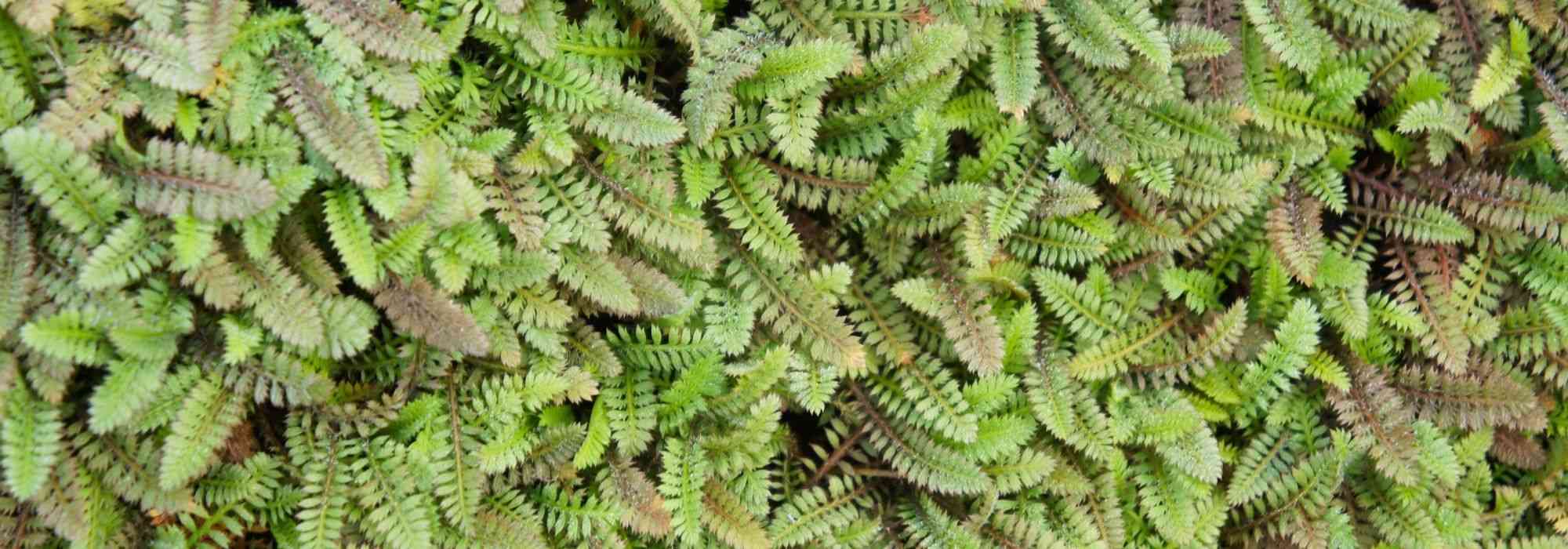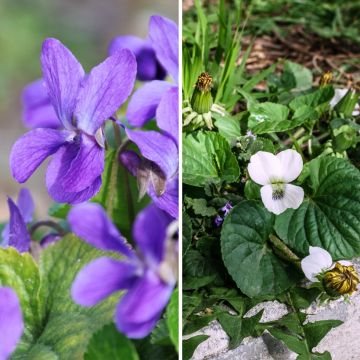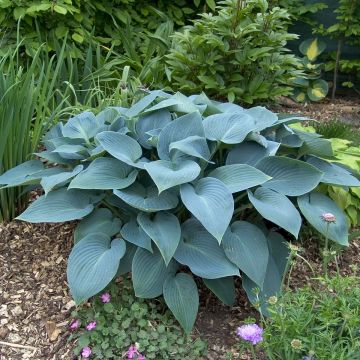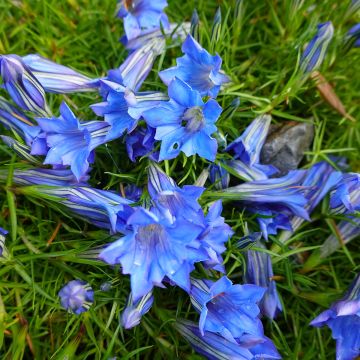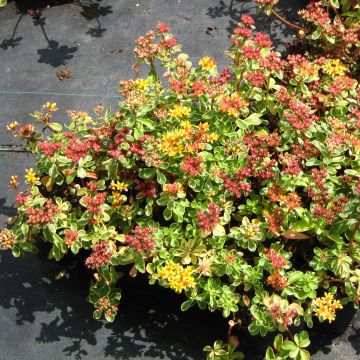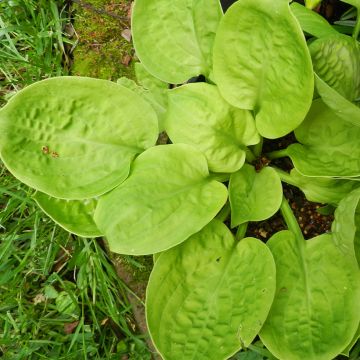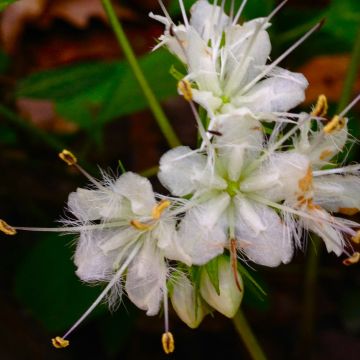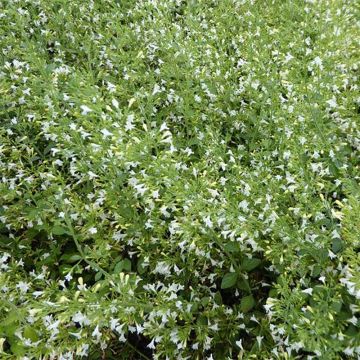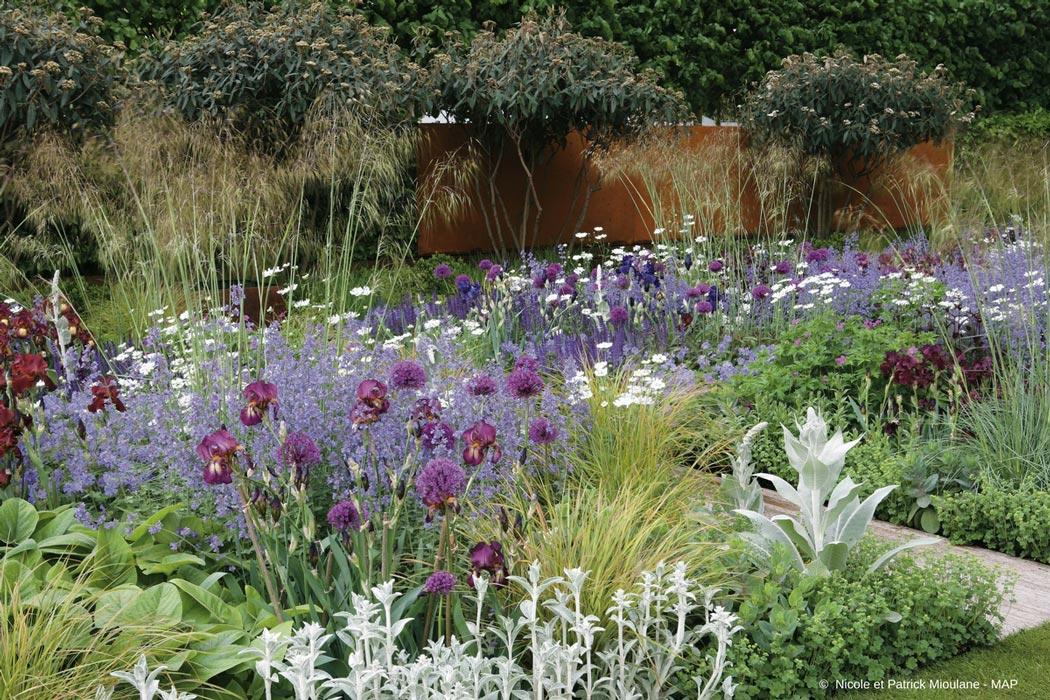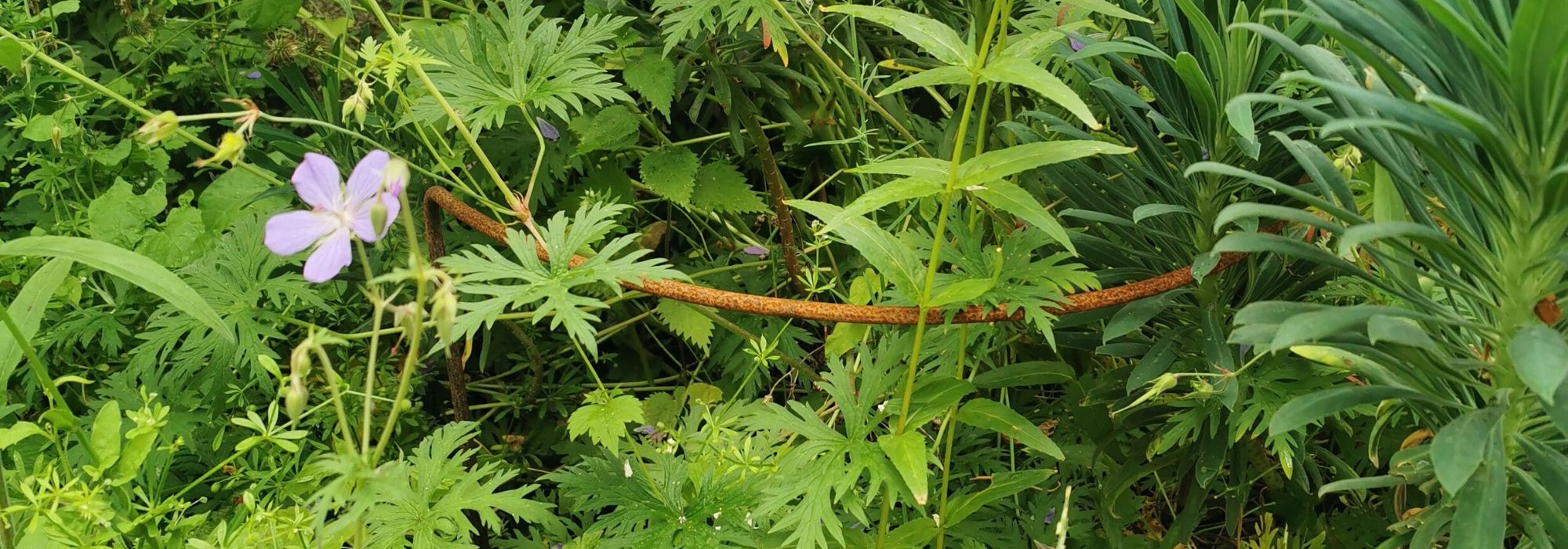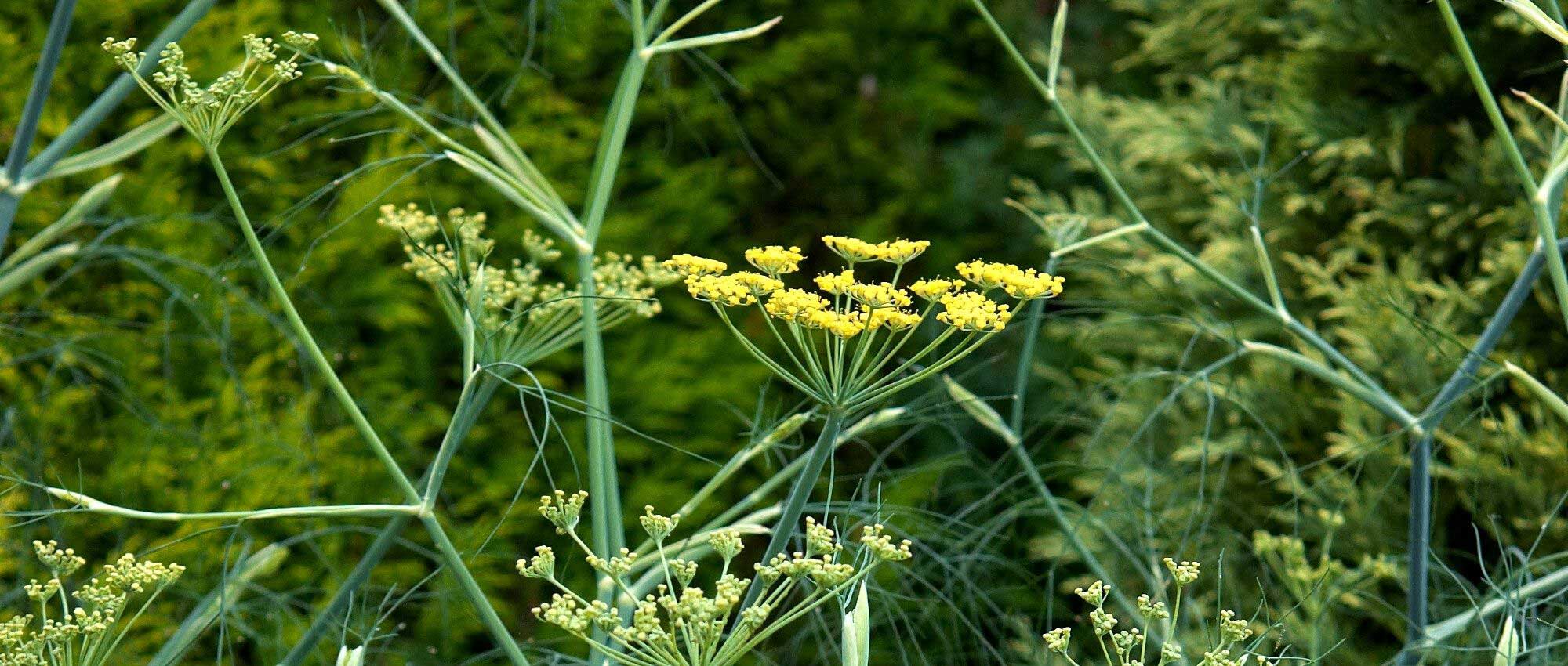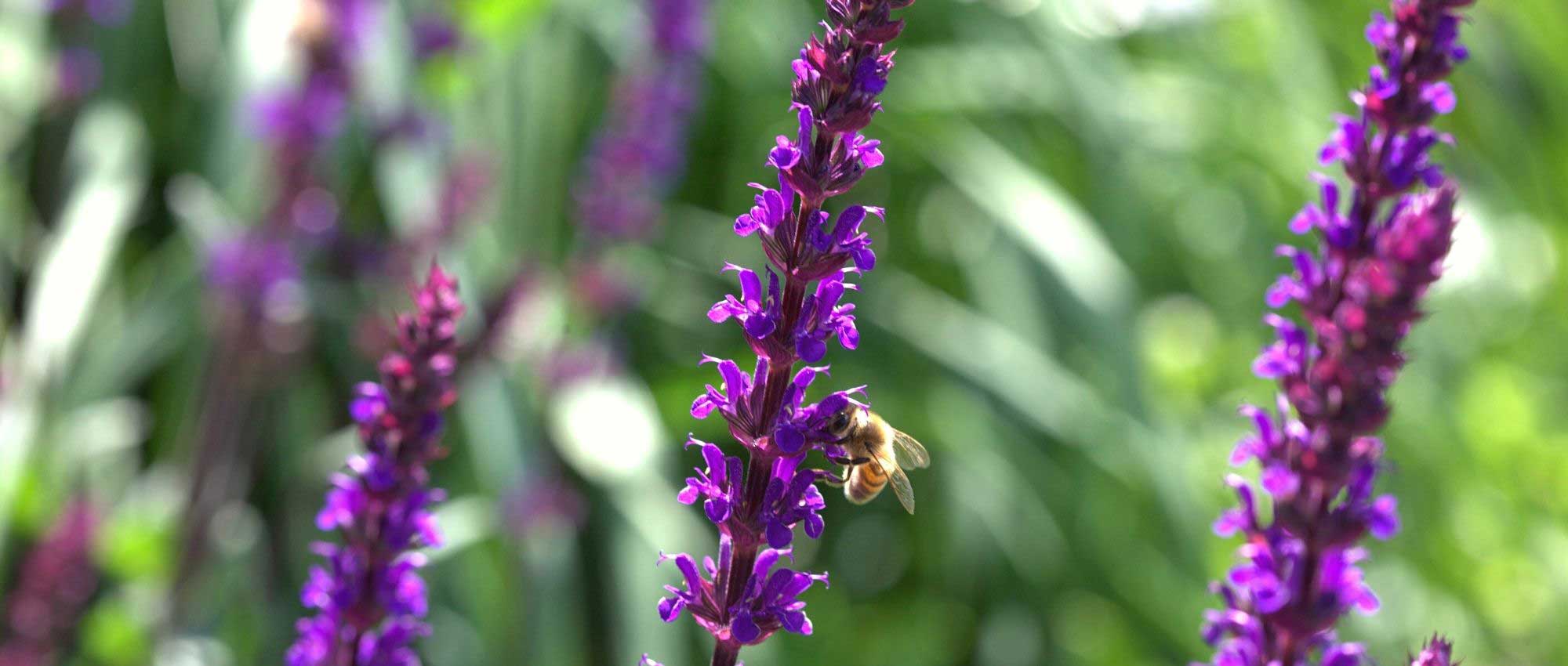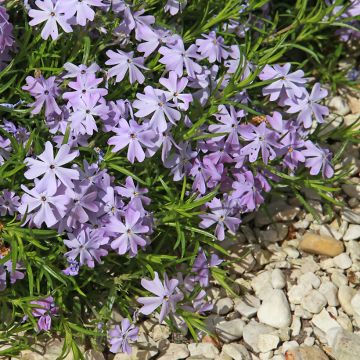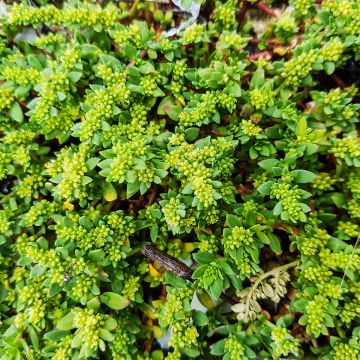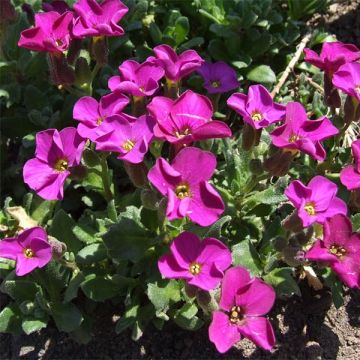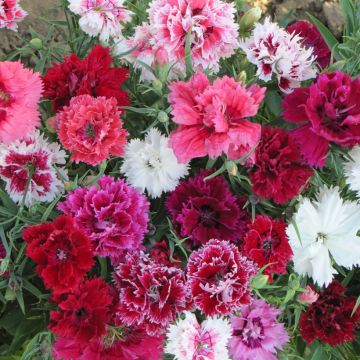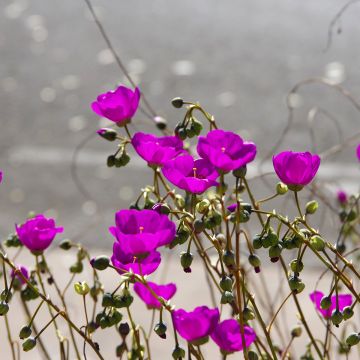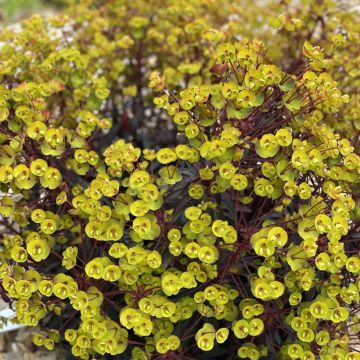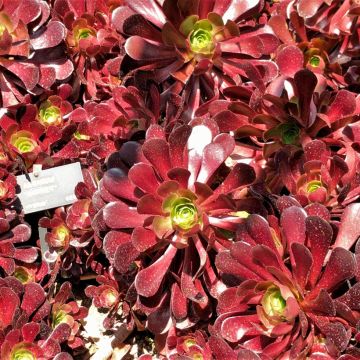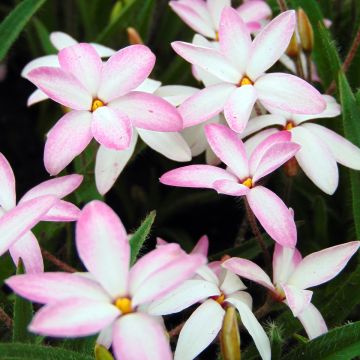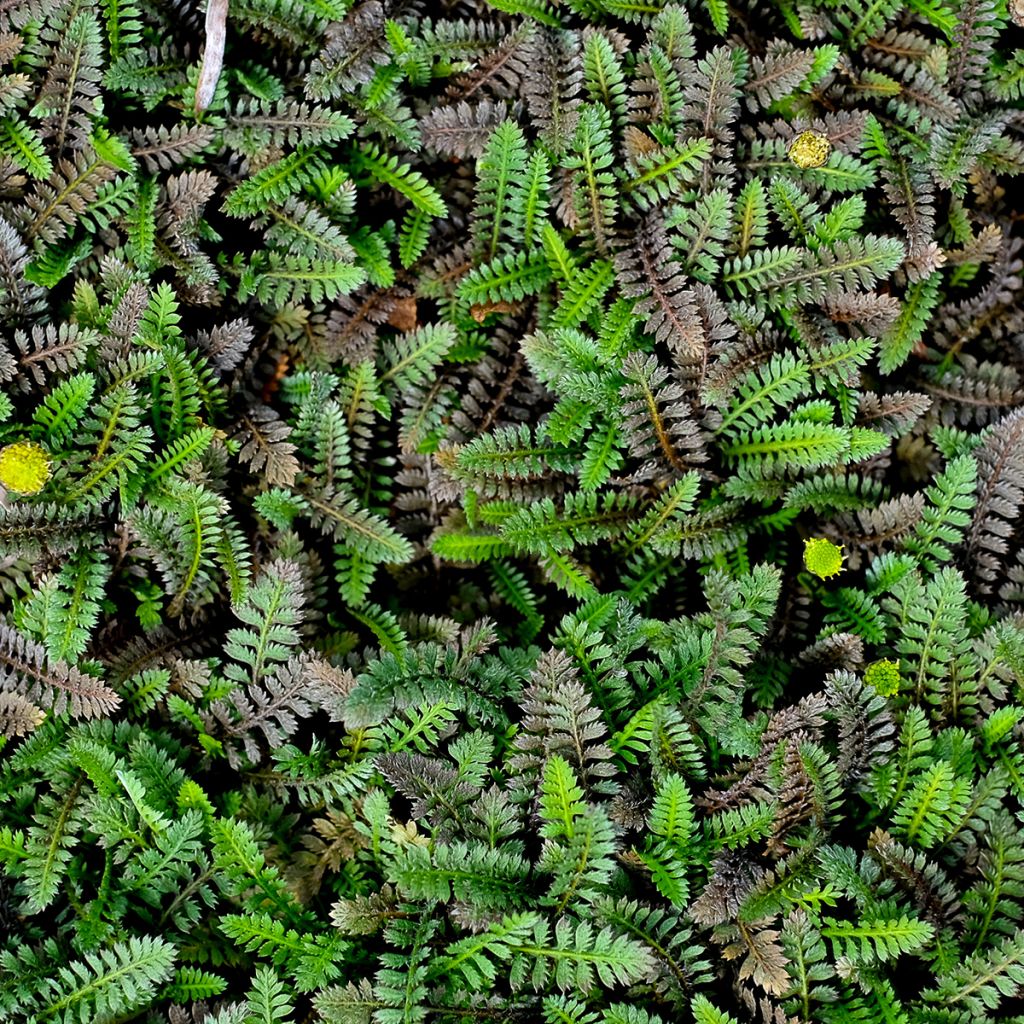

Leptinella potentillina
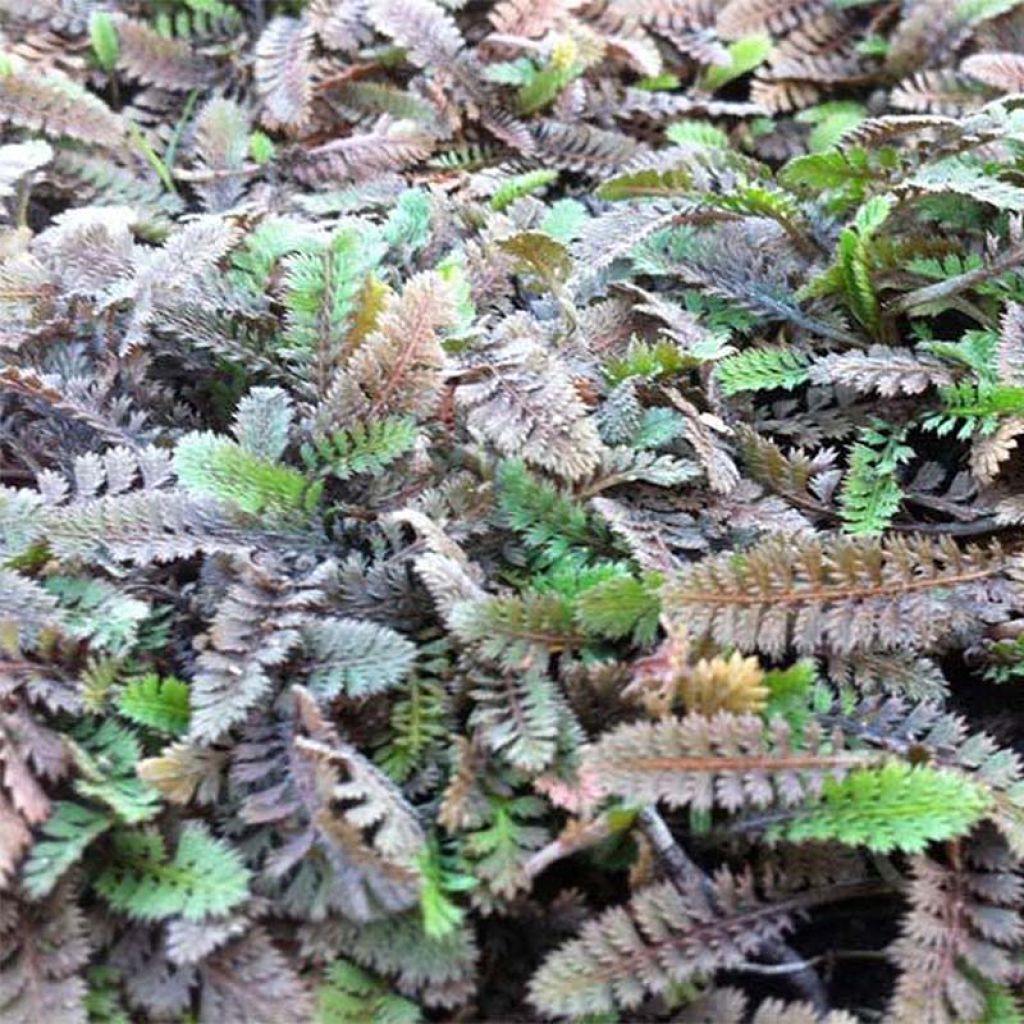

Leptinella potentillina
Leptinella potentillina
Leptinella potentillina
Brass Buttons
Not as beautiful as in the picture. I transferred them into larger pots. I will plant them in the Spring.
Pierre, 13/10/2024
Special offer!
Receive a €20 voucher for any order over €90 (excluding delivery costs, credit notes, and plastic-free options)!
1- Add your favorite plants to your cart.
2- Once you have reached €90, confirm your order (you can even choose the delivery date!).
3- As soon as your order is shipped, you will receive an email containing your voucher code, valid for 3 months (90 days).
Your voucher is unique and can only be used once, for any order with a minimum value of €20, excluding delivery costs.
Can be combined with other current offers, non-divisible and non-refundable.
Home or relay delivery (depending on size and destination)
Schedule delivery date,
and select date in basket
This plant carries a 12 months recovery warranty
More information
We guarantee the quality of our plants for a full growing cycle, and will replace at our expense any plant that fails to recover under normal climatic and planting conditions.

Does this plant fit my garden?
Set up your Plantfit profile →
Description
Leptinella potentillina is a low-growing perennial plant with persistent and deeply cut foliage, reminiscent of miniature ferns. It is olive-green taking on a lovely bronze hue in autumn and winter. In summer, it is covered with numerous small yellow-green heads, resembling small rounded buttons, giving the plant a precious appearance. It is an adorable little carpet to discover, which thrives in cool and moist soil, ideal for wet areas, in the crevices of walls, in partial shade.
Leptinella potentillina belongs to the Asteraceae family. It is native to southern Africa, where it is found in the New Zealand mountains. This plant forms a low, dense, and compact mat. Its mature height will not exceed 5 cm (2in), with a flowering height of 15 cm (6in), and a spread of 30 cm (12in) or more. The foliage, which is very soft, evergreen and dark olive green, consists of 4 cm (2in) long leaves, strongly pinnate, resembling tiny ferns, also reminiscent of yarrow leaves. They are arranged in basal rosettes and change colour with the seasons, evolving from bronze to green and purple from spring to winter. The flowering takes place in June-July, in the form of small rounded yellowish-green heads, about 10 mm (0in) in diameter. Flowers are followed by decorative fruits, similar to small brown pellets. The plant constantly spreads through stoloniferous stems.
Leptinella potentillina thrives in moist and humus-rich areas of the garden, in well-drained soil, where it will perfectly fulfill its role as groundcover. Although still relatively underused in our gardens, it is quite hardy. It has the same use as Ajuga reptans, with similar growth habits, at the base of small bushes, in north-facing slopes that never dry out, or near water sources. Azorella trifurcata is also similar and more drought-tolerant. Raoulia australis, equally fascinating, grows in the wild under the same conditions, requiring a lot of moisture, but is even more demanding in terms of winter humidity. This Leptinella can easily be planted at the base of bushes, in large well-watered containers, where it will thrive.
Leptinella potentillina in pictures
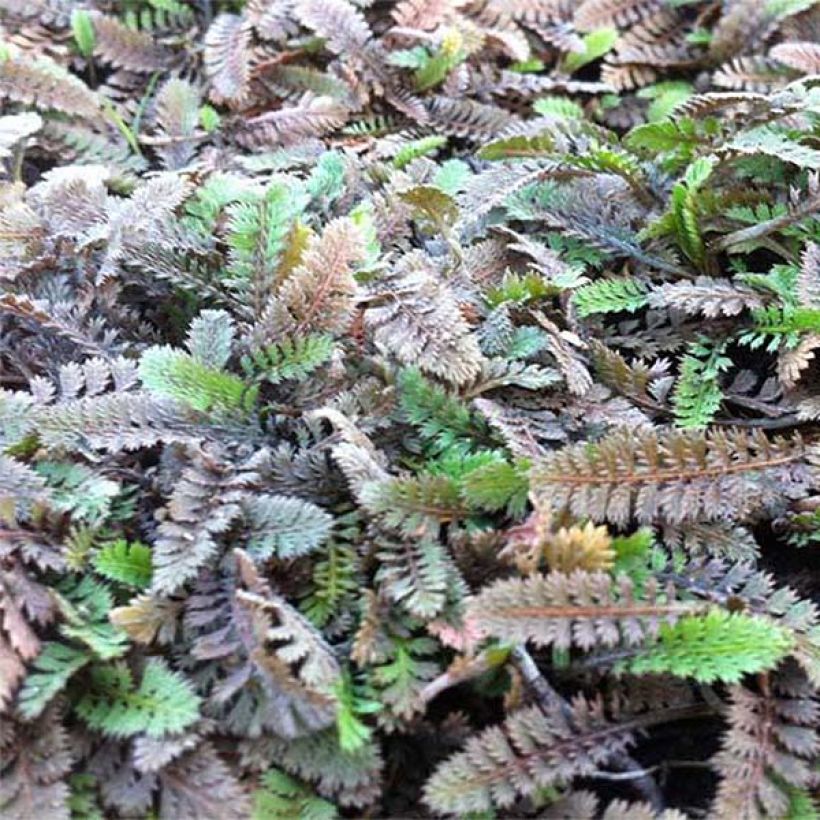

Flowering
Foliage
Plant habit
Botanical data
Leptinella
potentillina
Asteraceae
Brass Buttons
South Africa
Other Perennials A to Z
View all →Planting and care
Plant the young plant Leptinella potentillina in a rather moist but well-drained soil, even a poor soil. This plant will thrive in filtered sunlight or partial shade. To improve drainage, gravel or pot shards, coarse sand can be incorporated into the planting soil. Ideally, the substrate will be sandy-gravelly with a pH range of 6.5 to 7.5.
Planting period
Intended location
Care
Planting & care advice
-
, onOrder confirmed
Reply from on Promesse de fleurs
Similar products
Haven't found what you were looking for?
Hardiness is the lowest winter temperature a plant can endure without suffering serious damage or even dying. However, hardiness is affected by location (a sheltered area, such as a patio), protection (winter cover) and soil type (hardiness is improved by well-drained soil).

Photo Sharing Terms & Conditions
In order to encourage gardeners to interact and share their experiences, Promesse de fleurs offers various media enabling content to be uploaded onto its Site - in particular via the ‘Photo sharing’ module.
The User agrees to refrain from:
- Posting any content that is illegal, prejudicial, insulting, racist, inciteful to hatred, revisionist, contrary to public decency, that infringes on privacy or on the privacy rights of third parties, in particular the publicity rights of persons and goods, intellectual property rights, or the right to privacy.
- Submitting content on behalf of a third party;
- Impersonate the identity of a third party and/or publish any personal information about a third party;
In general, the User undertakes to refrain from any unethical behaviour.
All Content (in particular text, comments, files, images, photos, videos, creative works, etc.), which may be subject to property or intellectual property rights, image or other private rights, shall remain the property of the User, subject to the limited rights granted by the terms of the licence granted by Promesse de fleurs as stated below. Users are at liberty to publish or not to publish such Content on the Site, notably via the ‘Photo Sharing’ facility, and accept that this Content shall be made public and freely accessible, notably on the Internet.
Users further acknowledge, undertake to have ,and guarantee that they hold all necessary rights and permissions to publish such material on the Site, in particular with regard to the legislation in force pertaining to any privacy, property, intellectual property, image, or contractual rights, or rights of any other nature. By publishing such Content on the Site, Users acknowledge accepting full liability as publishers of the Content within the meaning of the law, and grant Promesse de fleurs, free of charge, an inclusive, worldwide licence for the said Content for the entire duration of its publication, including all reproduction, representation, up/downloading, displaying, performing, transmission, and storage rights.
Users also grant permission for their name to be linked to the Content and accept that this link may not always be made available.
By engaging in posting material, Users consent to their Content becoming automatically accessible on the Internet, in particular on other sites and/or blogs and/or web pages of the Promesse de fleurs site, including in particular social pages and the Promesse de fleurs catalogue.
Users may secure the removal of entrusted content free of charge by issuing a simple request via our contact form.
The flowering period indicated on our website applies to countries and regions located in USDA zone 8 (France, the United Kingdom, Ireland, the Netherlands, etc.)
It will vary according to where you live:
- In zones 9 to 10 (Italy, Spain, Greece, etc.), flowering will occur about 2 to 4 weeks earlier.
- In zones 6 to 7 (Germany, Poland, Slovenia, and lower mountainous regions), flowering will be delayed by 2 to 3 weeks.
- In zone 5 (Central Europe, Scandinavia), blooming will be delayed by 3 to 5 weeks.
In temperate climates, pruning of spring-flowering shrubs (forsythia, spireas, etc.) should be done just after flowering.
Pruning of summer-flowering shrubs (Indian Lilac, Perovskia, etc.) can be done in winter or spring.
In cold regions as well as with frost-sensitive plants, avoid pruning too early when severe frosts may still occur.
The planting period indicated on our website applies to countries and regions located in USDA zone 8 (France, United Kingdom, Ireland, Netherlands).
It will vary according to where you live:
- In Mediterranean zones (Marseille, Madrid, Milan, etc.), autumn and winter are the best planting periods.
- In continental zones (Strasbourg, Munich, Vienna, etc.), delay planting by 2 to 3 weeks in spring and bring it forward by 2 to 4 weeks in autumn.
- In mountainous regions (the Alps, Pyrenees, Carpathians, etc.), it is best to plant in late spring (May-June) or late summer (August-September).
The harvesting period indicated on our website applies to countries and regions in USDA zone 8 (France, England, Ireland, the Netherlands).
In colder areas (Scandinavia, Poland, Austria...) fruit and vegetable harvests are likely to be delayed by 3-4 weeks.
In warmer areas (Italy, Spain, Greece, etc.), harvesting will probably take place earlier, depending on weather conditions.
The sowing periods indicated on our website apply to countries and regions within USDA Zone 8 (France, UK, Ireland, Netherlands).
In colder areas (Scandinavia, Poland, Austria...), delay any outdoor sowing by 3-4 weeks, or sow under glass.
In warmer climes (Italy, Spain, Greece, etc.), bring outdoor sowing forward by a few weeks.






























